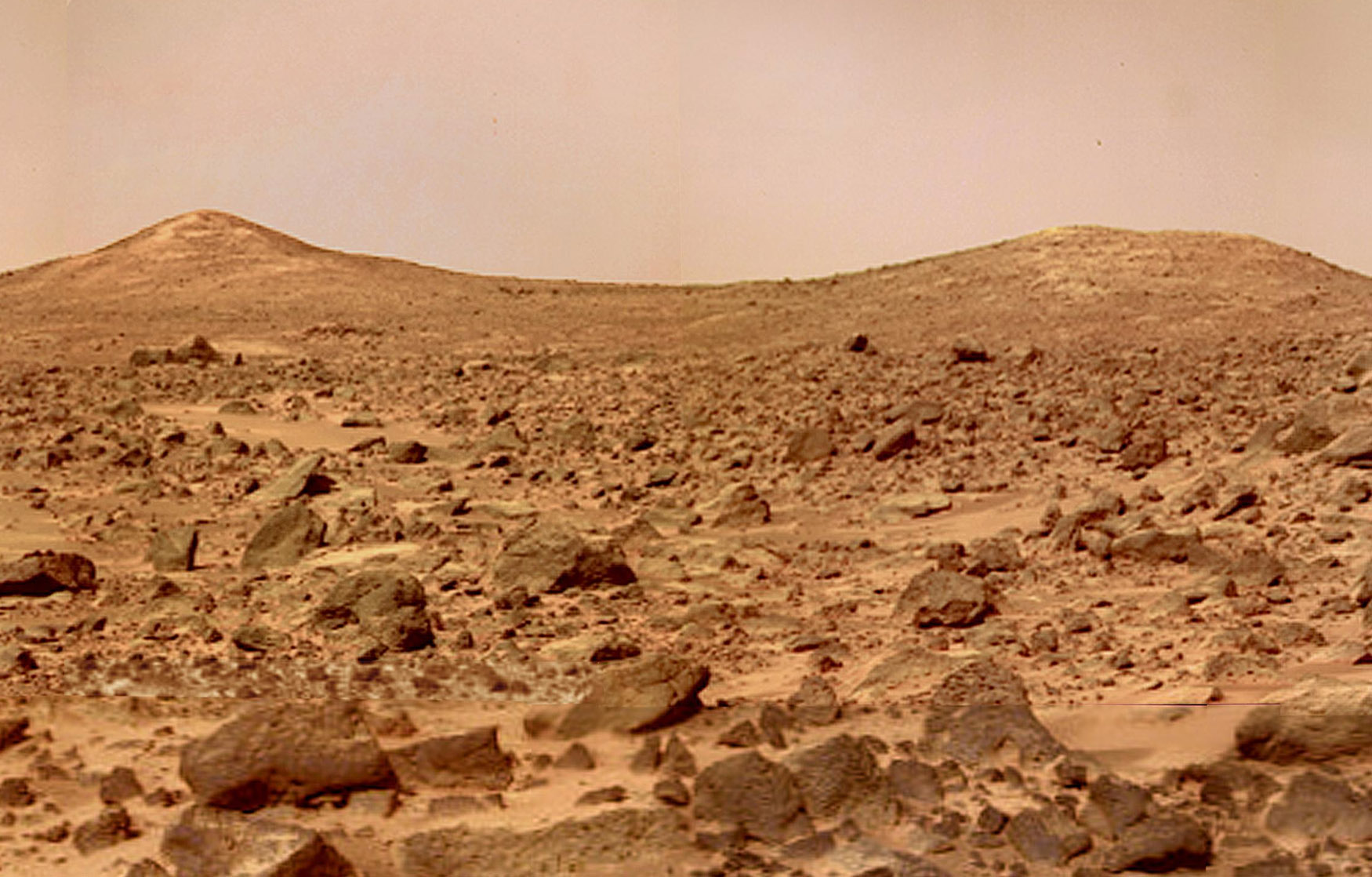Scientists say that water shaped the rock inside a Mars meteorite, but that the water likely didn’t support microbial life. Still, the new study on the Millier Range 03346 nakhlite has shown some intriguing new discoveries.
Martian meteorite could tell us if there’s life on Mars

The meteorite, which is part of a class of meteorites called nakhlites, was discovered in the Miller Range of mountains in Antarctica in 2003. Previous research shows that the minerals in the meteorite reacted with water roughly 630 million years ago, lead author Josefin Martell told Space.com. However, the study’s authors wanted more details about the rock’s history.
So, the team began to look into ways to study the Mars meteorite more in-depth. Ultimately, they decided to use x-ray scans and non-destructive neutron scans to estimate how much liquid water had altered the minerals in the rock. Martell says that the team scanned the samples, essentially creating a 3D image of the rock.
What the researchers found when they looked inside is intriguing. First, they found that the water that affected the Mars meteorite likely came from ice buried within the rock. Previously, it was suspected that the water had leaked into the rock itself. They believe that the ice melted when the asteroid impacted Mars, launching the nakhlite off the Red Planet.
Because it was ice and not water from the planet’s hydrothermal system, the researchers believe the area the Mars meteorite originated in could have had conditions that were not fruitful for microbial life to thrive. As such, studying them more could give us additional insight into the probability of ancient life on Mars.
Using X-ray and neutron scans in the future

One of the perks of using scans is that it allowed the researchers to study the meteorite without having to open it up. Thus, allowing them to preserve it for future generations to study, too. Learning more about Mars is important. However, it’s also important to leave some of these relics available for future generations to study as well.
Martell also believes that we could use tech like the researchers used on the Mars meteorite to study other rocks. For example, Martell specifically mentions the rocks that NASA is planning to bring back to Earth from Mars. There’s already been some debate about these rocks, and the possible alien germs they could hold.
However, using scans to access them could be a safe alternative to opening them up. Breaking them open could possibly unleash some unknown bacteria. If these rocks present different findings than the Mars meteorite, we could find more evidence of life’s building blocks on Mars.








